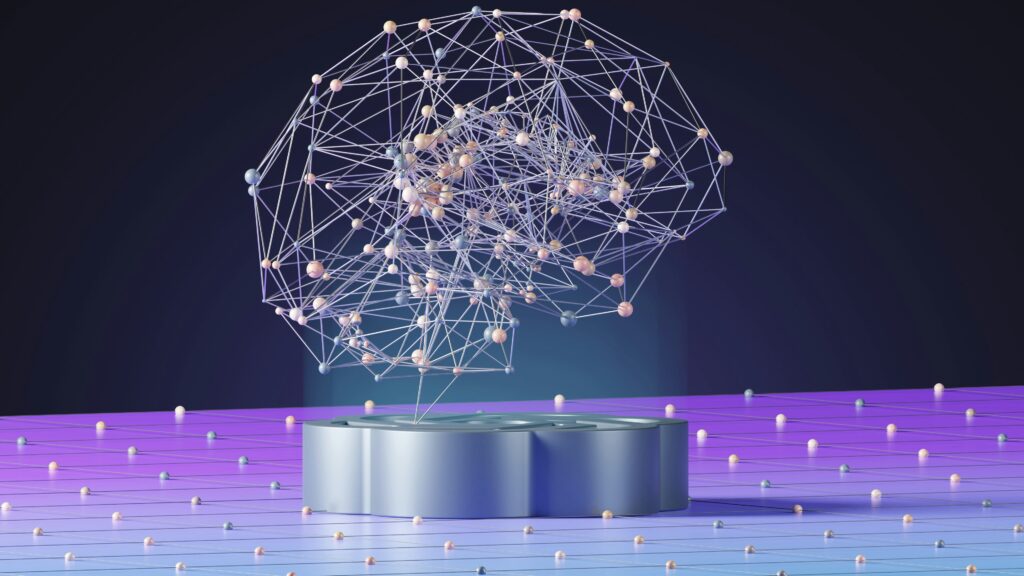AI keeps showing up in places you didn’t expect, like grocery aisles, bus depots, and construction sites that smell like wet concrete after a storm. Machine learning watches you pick up coffee beans and swap brands. Computer vision reads traffic on the pavement and helps buses leave on time. Predictive models are quietly rewriting every interaction.
Stores swap static flyers for offers that follow your cart. Farmers tune sprayers the way a DJ rides volume. Transit teams read live camera feeds to keep platforms moving. You get the idea. The pieces feel small on their own, yet when you stack them, you start to notice that marketing gets personal almost everywhere. Not just on your phone at midnight, but also at the counter on a Tuesday and at the corner of Queen and Bay when a coffee app nudges you for one more visit.
Gaming
Take iGaming, a noisy space that tests new tricks first, then everyone else copies. Recommendation engines crunch through spin histories and favourite teams to suggest the next slot or bet. Loyalty beats get tuned in real time by predictive algorithms. Onboarding flows ask fewer questions because the system has already guessed your style. Promos feel less random and more like they were written for your Friday budget.
For a clear idea of what that looks like in Canada, the roundup of top-performing online casinos by Esports Insider Canada sheds further light on how leaders within the industry are using AI behind the scenes to power their applications. Many of them have seen the benefit of using AI to optimize gameplay and personalize user experiences.
Agriculture
Step back from the farm gate, because agriculture is having a moment. AI-powered camera rigs skim rows and flag weeds by species. Machine learning models analyse soil sensors and weather stations to decide which mix goes where. Variable rate kits whisper to the nozzles, and a field that used to drink one recipe all season now gets a custom mix by the square metre.
 The marketing twist is quiet, seed offers and service bundles land when the weather window opens. Parts emails trail the combine right after a heavy day. It feels less like spam and more like a neighbour who knows the field’s quirks. For context on how policymakers frame this pivot, you can scan the OECD overview of digital agriculture, which sets the table for why these AI-driven tools keep rolling out.
The marketing twist is quiet, seed offers and service bundles land when the weather window opens. Parts emails trail the combine right after a heavy day. It feels less like spam and more like a neighbour who knows the field’s quirks. For context on how policymakers frame this pivot, you can scan the OECD overview of digital agriculture, which sets the table for why these AI-driven tools keep rolling out.
Transit
Transit pulls the same trick, only with crowds. AI-driven city apps watch your usual route. They crunch live sensor data and predict bottlenecks. They nudge you to leave ten minutes early, then pair a discounted ride with a transfer so you make kickoff. The message timing is the magic. A push when you pass the station entrance, and a soft follow-up if you ignore it. No lecture, just a nudge that fits the commute you already do.
Healthcare
Healthcare feels different, still it borrows from the playbook. Predictive scheduling systems segment reminders by time of day and tone. Some patients get a straight calendar link, while others get a short video that walks through prep. These are small switches that cut no shows and make the visit feel less cold.
Triage bots powered by natural language processing answer at odd hours. They use risk scoring models to decide when to connect you with a human nurse. The follow-up materials match what you said you were worried about, rather than a generic pamphlet. Healthcare providers are adopting chronic disease management software to better monitor patient progress and coordinate long-term care through AI-enhanced insights. You can see how the guardrails are being discussed in the WHO guidance on AI. It puts words to the concerns people have while still leaving room for practical wins.
Grocery
Grocery is where most people feel it every week. The circular is no longer a sheet under your door. It lives in your phone and mutates by time and place thanks to recommendation engines and demand forecasting algorithms.
 If you grab oat milk every other Sunday, the coupon shows up on Saturday night. If you switch brands, the promo adapts. If you are near a store on your lunch walk, the app stacks a bundle that makes sense for a tiny fridge.
If you grab oat milk every other Sunday, the coupon shows up on Saturday night. If you switch brands, the promo adapts. If you are near a store on your lunch walk, the app stacks a bundle that makes sense for a tiny fridge.
Construction
Construction sites get a softer kind of personalisation. More safety than sales, it affects procurement emails and training nudges. Computer vision models spot missing hard hats and send a short checklist to the foreman who usually handles that crew. Scheduling algorithms predict when a pour will get delayed. Vendor notes arrive as soon as the weather breaks at noon, one tap to reschedule the truck, and tack on an additive you’ve used before.
Media
The media has quietly adapted to this rhythm. Local radio on your phone rebuilds the hour around your location. Sports hits for the south end during the commute, and a charity read in the neighbourhood where the event happens. The ad breaks adjust to what you heard last week rather than what a national feed thinks fits, because recommendation engines and generative models build segments on the fly.
Streaming already lives here, of course, though you notice the tone getting friendlier. There are fewer generic blasts and more pick-ups that say, “Hey, you left halfway through episode four.”
